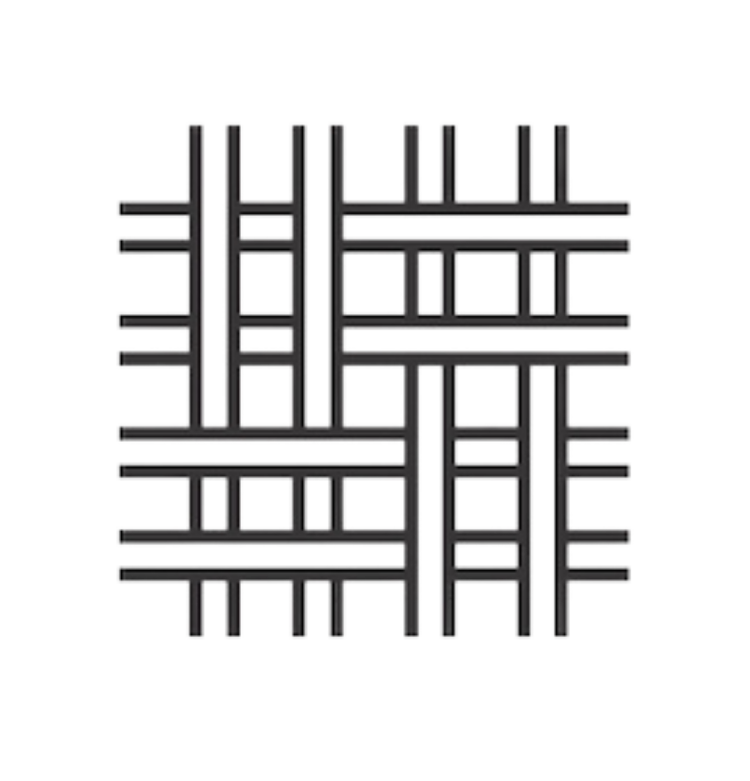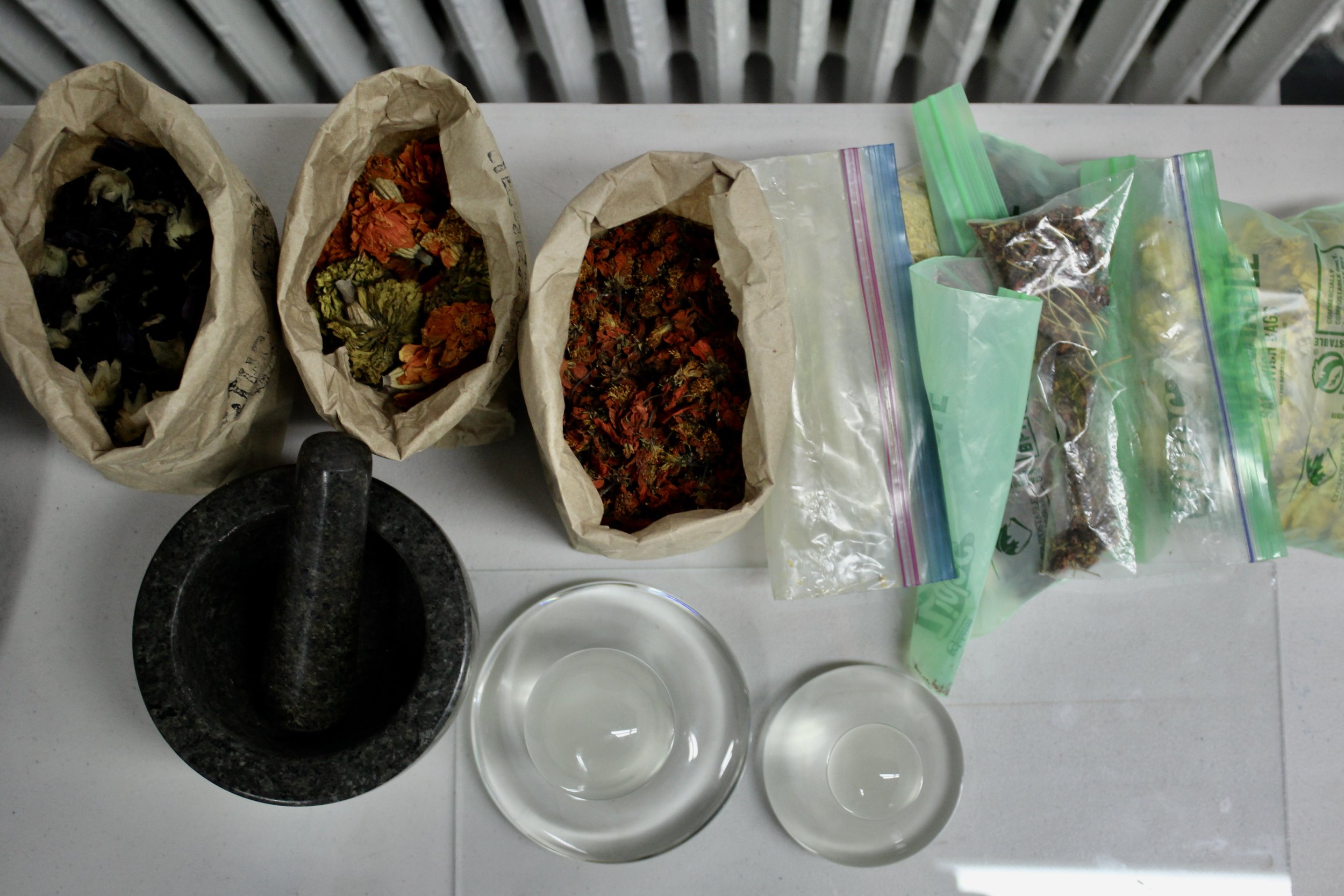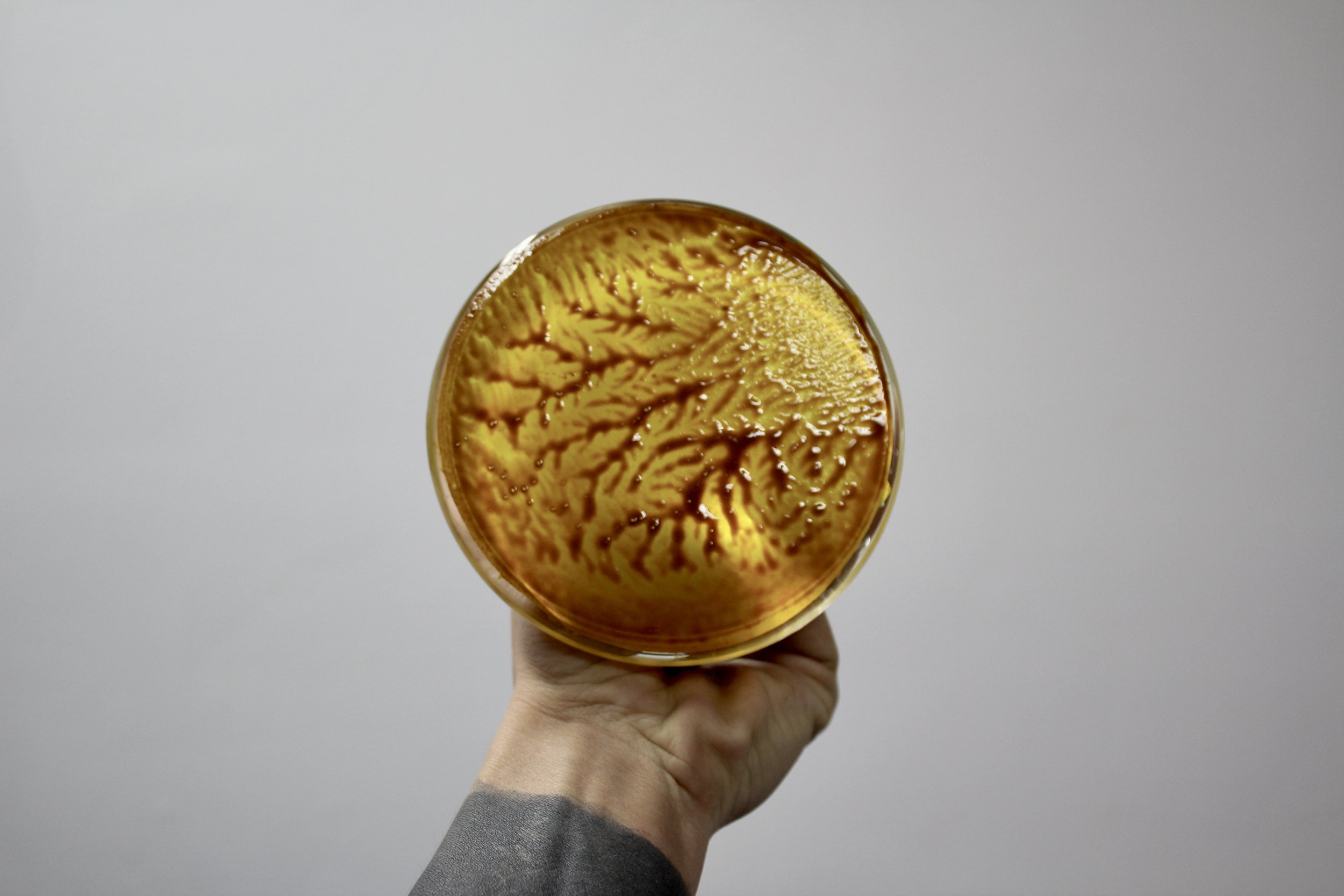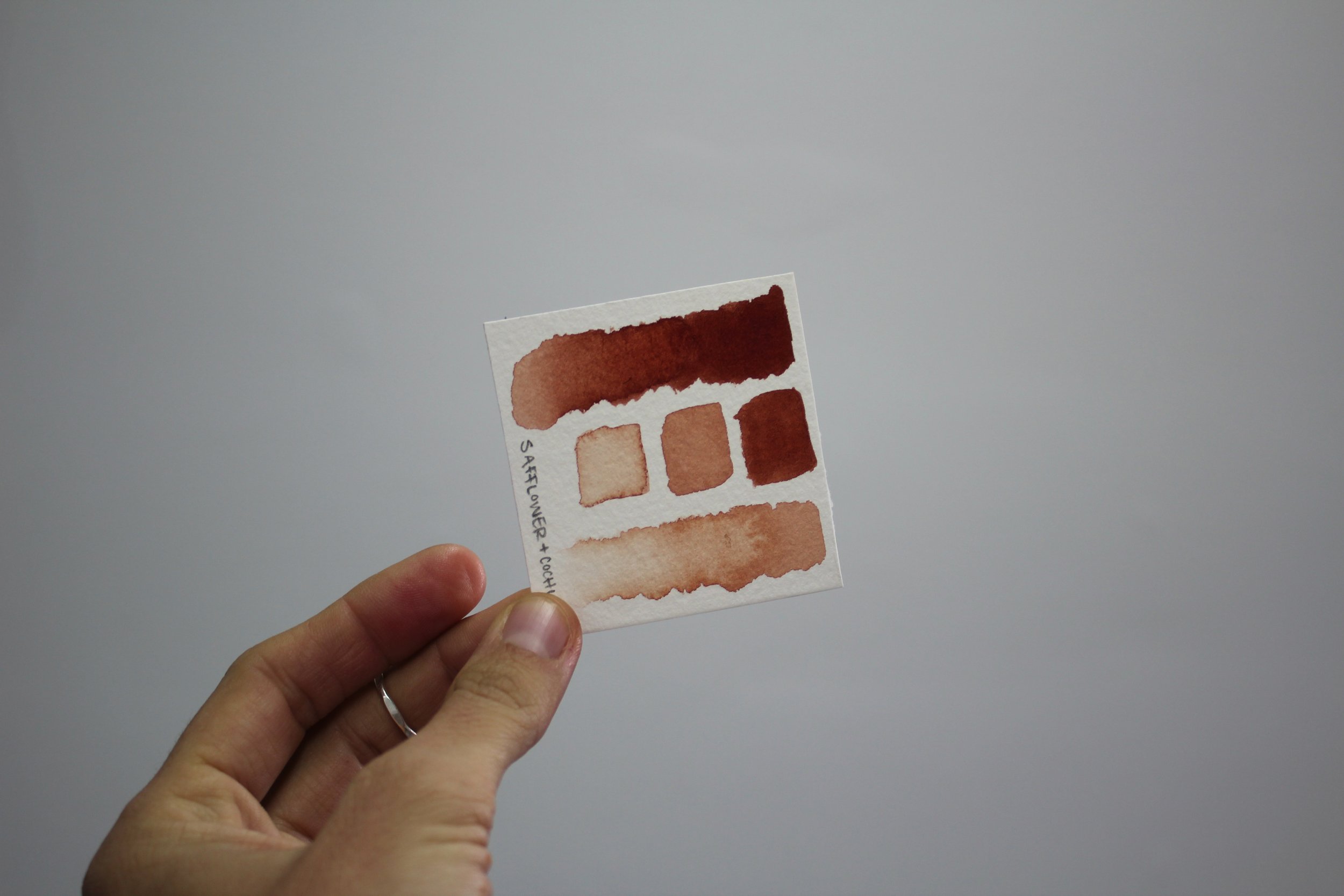a research giveaway and zine share during a gathering at Eastern Edge in St Johns, Ktaqmkuk, on the last day of February 02024.
while i have been in residence at Eastern Edge, i’ve focused on research and methods and deeper learning of materials i work with on a day-to-day basis. from my long-term relationship with natural dyes and my even longer term relationship with painting i’ve focused on making lake pigments and watercolours. though i haven’t made new works while i’ve been here, i’ve expanded my understanding, knowledge, and relationship with dyestuffs that i’ve taken care of and worked with for over a decade. on February 29 i gave my research away in a presentation and zine. the zine contents are below.
what response comes to you when you hear the word research? what about the term creative research?
use the form below to let me know if you’d like to.
i want to share with you my lived experience. from my position, knowledges that are come-to through creative processes, reflection, and the making and doing with hands has been given relatively little importance or relevance when they are (unnecessarily) compared to eurowestern academic and/or scientific bodies of knowing. (i have come to know that this dismissal isn’t my reality.) my/the reality is, knowledge come to through the doing resists and stands in its own place in spite of and at the same time, as an alternative to, research that is validated by being linked to academic, economic, and scientific rationalization. coming to know outside of the frameworks of capitalism and colonialism shows us all how to imagine a world that (can) exist/s beyond those. i believe and experience that to share our knowing, and therein care, increases sovereignty, agency, and ability to get toward a visioned real-life, applied utopia.
for me, inside of my life and varied practices, research is relational — new-to-me knowledge is in no way, new. i do not exist without the world and my interwoven bonds. new-to-me knowledge comes to me through relationships that i am committed to, that i continually invest in. relationships with people, where i am, where i’ve been, maybe where i’m going; i arrive to new through my engagement and relation to land, place, more-than-human kin, water, stone, movement; i arrive to it through touch and thinking together with my kin. part of my relationship to knowledge is to share it in real-time, to practice givingaway; i believe that this practice shows a pathway to a world framed up with security, care, love, honesty, safe vulnerability, and a renewed and regenerated social fabric.
knowledge then, is for me, a series of steps that unfold in real time around me as i think and make and follow threads. i make and do and what to do next clarifies, i’m somehow guided. then, rest and reflection are necessary to see clearly and articulate. and then when it becomes cohesive, i’m moved to share.
generosity, the real kind, the kind that is in service, enters here. this teaching about generosity is connected to love and care and it necessarily cannot be theoretical. woven together with generosity are respect, reciprocation, and recognition.
i believe that all of our creative practices are always emergent and that they are illuminating. the process of making and knowing is an unfolding event that creatively and collectively brings-to-life regenerated humanity and a good future through social changes. art and creative research does this. art making and its process shows us the way. you do this. when creative work is shared, when it is gifted to the world, we move toward; creative work is ceremony.
in this way, with all of this in mind and heart, i want to share with You this little collection of research, notated in this zine, made at Eastern Edge Artist Run Centre in February 02024 during a residency.
all pigments made during my residency are made with the following recipe unless otherwise noted. i worked with tap water, because i practice working with the water that is part of the same place i am, and mainly with dye plants that i grew and harvested in my garden in Summer 02023. i supplemented my palette with indigo and cochineal from Earthues and some winter gathered alder cones. i purchase alum, calcium carbonate, and all dye house additives from Maiwa
left to right, top to bottom: safflower, hollyhock and indigo, cosmos sulphurous, hollyhock, indigo, buckthorn and indigo, cochineal, pH adjusted cochineal, indigo and cochineal, buckthorn
recipe:
1000 g water
10 g dyestuff
12 g potassium alum sulphate
6 g calcium carbonate
you will need:
- a pot
- a scale or measuring tools
- a large glass vessel (jar, vase, bowl)
- a bucket
- a strainer, mesh
- coffee filters, basket type
- a burner, stove, heat source
simplified process:
- make a dye bath with weighed amount of dyestuff and water. simmer for at least an hour but longer if you can. let cool, overnight is good if possible.
- strain the liquid and compost or discard the spent dyestuff. warm the liquid up again, just warm enough that you can’t hold your fingers in it.
- this is your dye bath that you will precipitate pigment from. at this stage, all of the pigment is in its water soluble state. pour this into your glass vessel making sure to leave lots of headspace.
- add all of the alum and stir to dissolve. when its dissolved, add a small amount of calcium carbonate — the mix will foam up!!
- stir, as it starts to deflate add more calcium carbonate. repeat this until you’ve added all of the calcium carbonate.
- you have now precipitate the pigment out of suspension of the dye bath! leave the vessel to settle for hours or overnight. the sludge at the bottom of the vessel is your pigment.
- carefully pour the liquid off the sludge while maintaining the foam on the top; this foam is full of pigment too. if you have a syringe, use this to draw the liquid off.
- pour fresh water on the sludge and swirl around; this is washing the pigment. allow to settle and repeat washing until the liquid is mostly clear.
- filter the now washed pigment through a coffee filter in mesh strainer and allow it to dry.
- your pigment is ready to use now in watercolour binder, oil, acrylic, or glaze medium.
safflower
safflower and indigo
cosmos sulfurens
cochineal
safflower and cochineal










